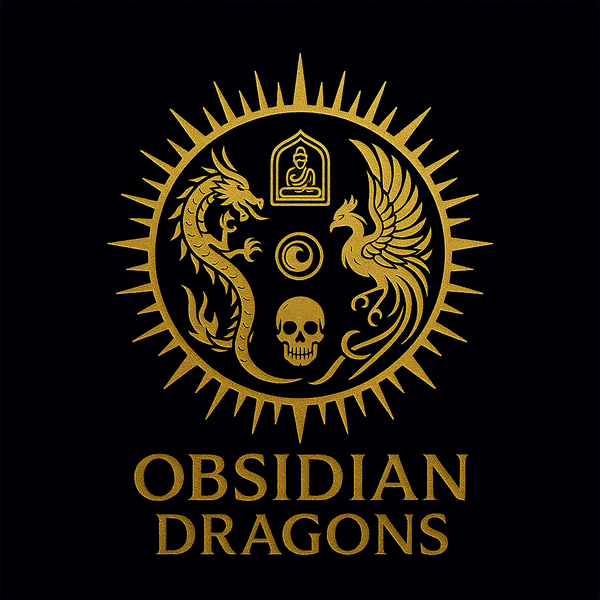PS
Tibetan Buddhist ring. DZI or sacred celestial stone of Tibetan protection rotating representation of Garuda, silver 925, turquoise.
Tibetan Buddhist ring. DZI or sacred celestial stone of Tibetan protection rotating representation of Garuda, silver 925, turquoise.
Couldn't load pickup availability
Tibetan Buddhist ring. DZI or sacred celestial stone of Tibetan protection rotating
Representation of Garuda,
925 silver,
natural turquoise
Agate called nan hong (southern red)
Two models available:
34/ 25 mm weight of 27 grams
29/25 mm weight of 23 grams.
Ring adjustable to all finger sizes by a solid sliding adjustment system as shown in the 7th and 8th photo.
The Dzi is rotating thanks to a high precision ball bearing developed in Germany
Mantra of compassion "om mani padme hum" engraved on the DZI.
DZI
The Dzis that can be translated as "brilliantly
polished", "luminous" are elongated agate beads having at their
surfaces a decoration of diverse and varied geometric shapes, but having
each a specific meaning. The dzi are considered by the
Tibetans as powerful protections. According to legend, these stones are
not of earthly origin, but, fashioned by the gods and sown on earth so
whoever finds them, has better Karma. The Dzi is a pearl
Tibetan, of distant origin, bringing many mystical benefits and
benefits to its wearer. It is a Tibetan talisman or amulet, the king of
lucky charm, sometimes revered as a real deity. The success of the
Tibetan pearl comes from its multiple eyes, which can go up to 21. The Dzis
are believed to bring good fortune, ward off evil spirits, and protect
its wearer from dangers and accidents, and even bring longevity and good
health. The DZI originates from the Central Asian region and is usually found
in a region that covers Afghanistan, Iran, Tibet, India, Pakistan,
Nepal, Bhutan to Burma and Thailand. They are found in
many sizes and shapes, with multiple eyes and stripes. Tibetans
cherish these pearls and regard them as hereditary gems.The meaning
from the Tibetan word “Dzi” translates to “brilliance, clarity, splendor”. In
Mandarin Chinese, the dzi are called "pearl of the sky". Tibetans
recognize, without being envious or jealous, the qualities of people
brilliant, those people who shine intellectually and who attract
the attention and admiration of all. For Tibetans, wearing a pearl of
Dzi can develop in everyone this natural brilliance called Talent.
MANTRA OF COMPASSION "OM MANI PADME HUM"
According to Tibetan Buddhism, reciting the Chenrezi Om Mani mantra
Padme Hum, aloud or inwardly, is an invocation for attention
benevolent and powerful of Chenrezig, the expression of the compassion of the
Buddha. Seeing the written mantra can have the same effect, it is for
that we find it in clearly visible places, even engraved in the
rock. He can also be summoned using prayer wheels on
which the mantra is inscribed, sometimes thousands of times. It exists
different formats of prayer wheels: there are those that can be transported
with you and spin with one hand, and there are others who are so
large and so heavy that several people are needed to turn them. According
Tibetan Buddhist monks, the mantra Om Mani Padme Hum (Hung) unites at
alone all of the Buddha's teachings.
Each syllable closes a door to reincarnation:
OM: Closes the door to the world of the Devas (gods).
MA: Close the door to the world of the asuras (demi-gods).
NI: Close the door to the human world.
PAD: Close the door to the animal world.
ME: Close the door to the world of pretas ("greedy spirits").
HUNG: Shut the gate to hell. Each syllable purifies a veil:
OM: purifies the veil of the body.
MA: purifies the veil of speech.
NI: purifies the veil of the mind.
PAD: purifies the veil of contradictory emotions.
ME: purifies the veil of substantial existence.
HUNG: purifies the veil that covers knowledge.
Each syllable is a mantra in itself:
OM: for the body of the Buddhas.
MA: for the words of the Buddhas.
NI: for the spirit of the Buddhas.
PAD: for the virtues of the Buddhas.
ME: for the accomplishments of the Buddhas.
HUNG: for the grace of body, speech, mind, virtue and all
the accomplishments of the Buddhas.
Each syllable corresponds to one of the six paradigms or refinements
transcendental:
OM: generosity.
MA: ethics.
NI: tolerance.
PAD: perseverance.
ME: concentration.
HUNG: discernment.
Each syllable is also connected to a Buddha:
OM: Ratnasambhava.
MA: Amaoghasiddi.
NI: Vajradhara
PAD: Vairocana.
ME: Amitabha.
HUNG: Akshobya.
Each syllable of the mantra purifies us of a defect:
OM: pride.
MA: the desire / the desire to have fun.
NI: passionate desire.
PAD: stupidity / prejudice.
ME: poverty / possessiveness.
HUNG: aggression / hatred.
Finally, each syllable corresponds to one of the six wisdoms:
OM: the wisdom of stability.
MA: all-fulfilling wisdom
NI: wisdom emanates from oneself
PAD: all-embracing wisdom (dharma)
ME: discriminating wisdom
HUNG: mirror-like wisdom.
Share
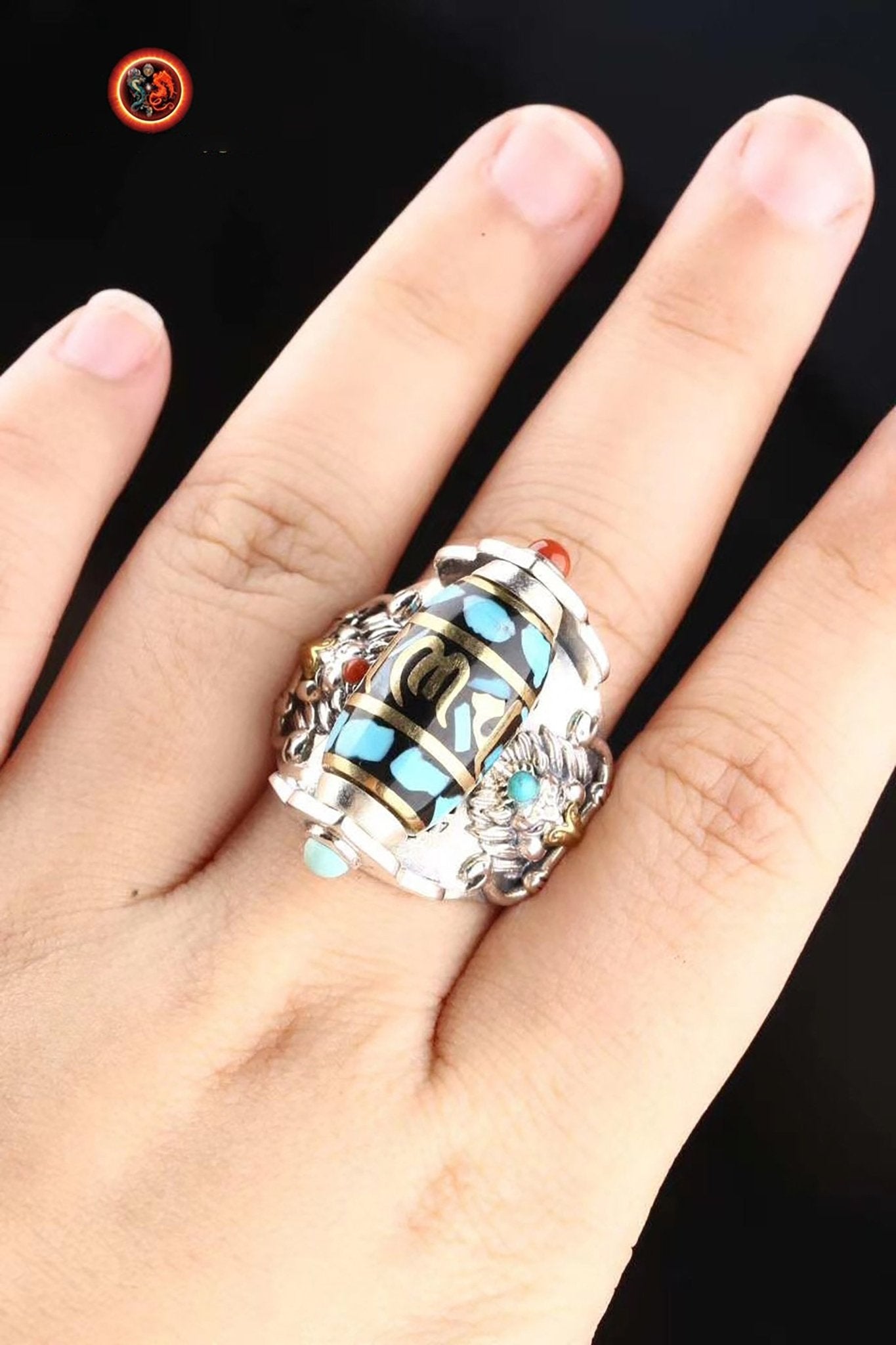
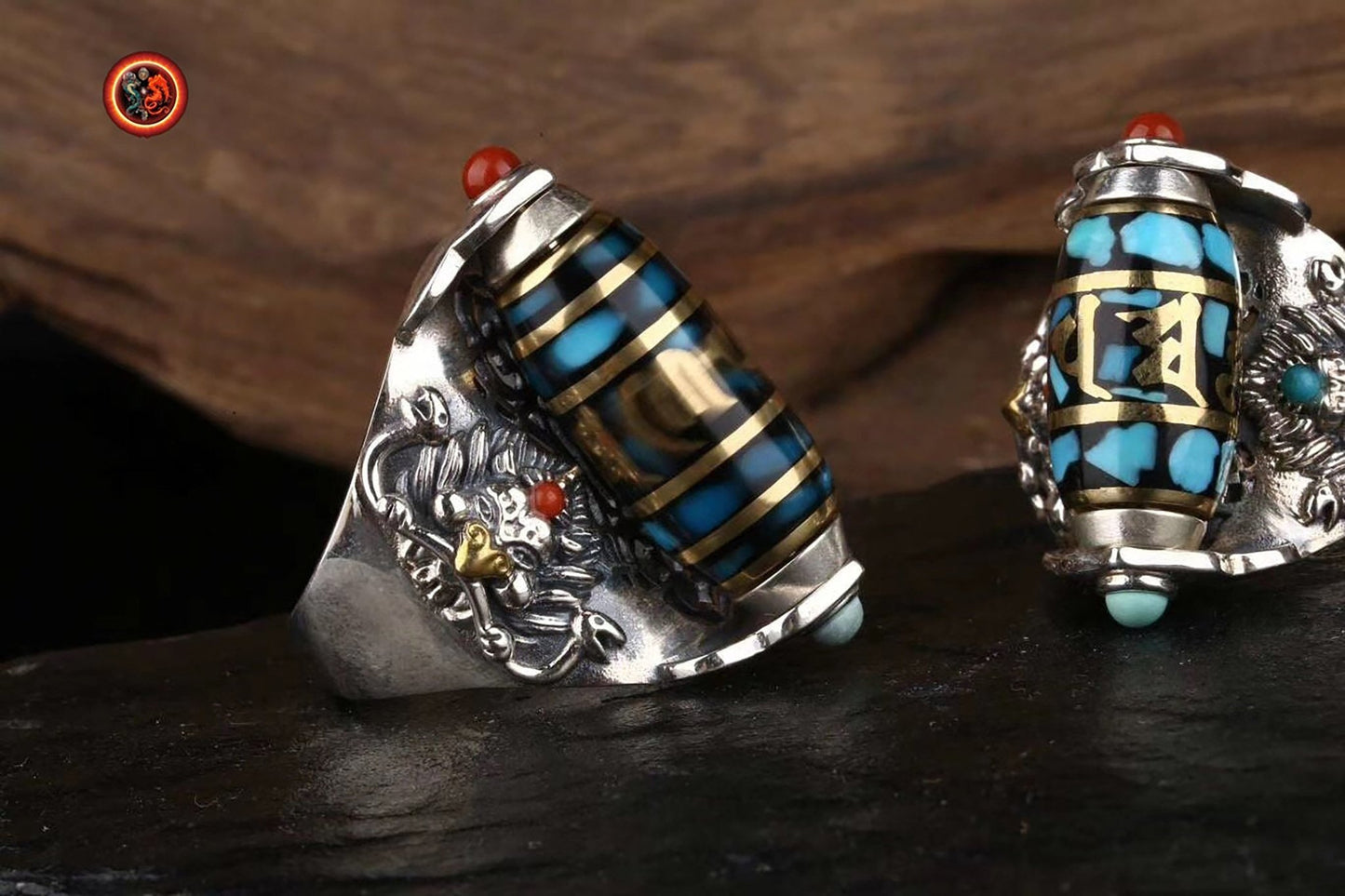
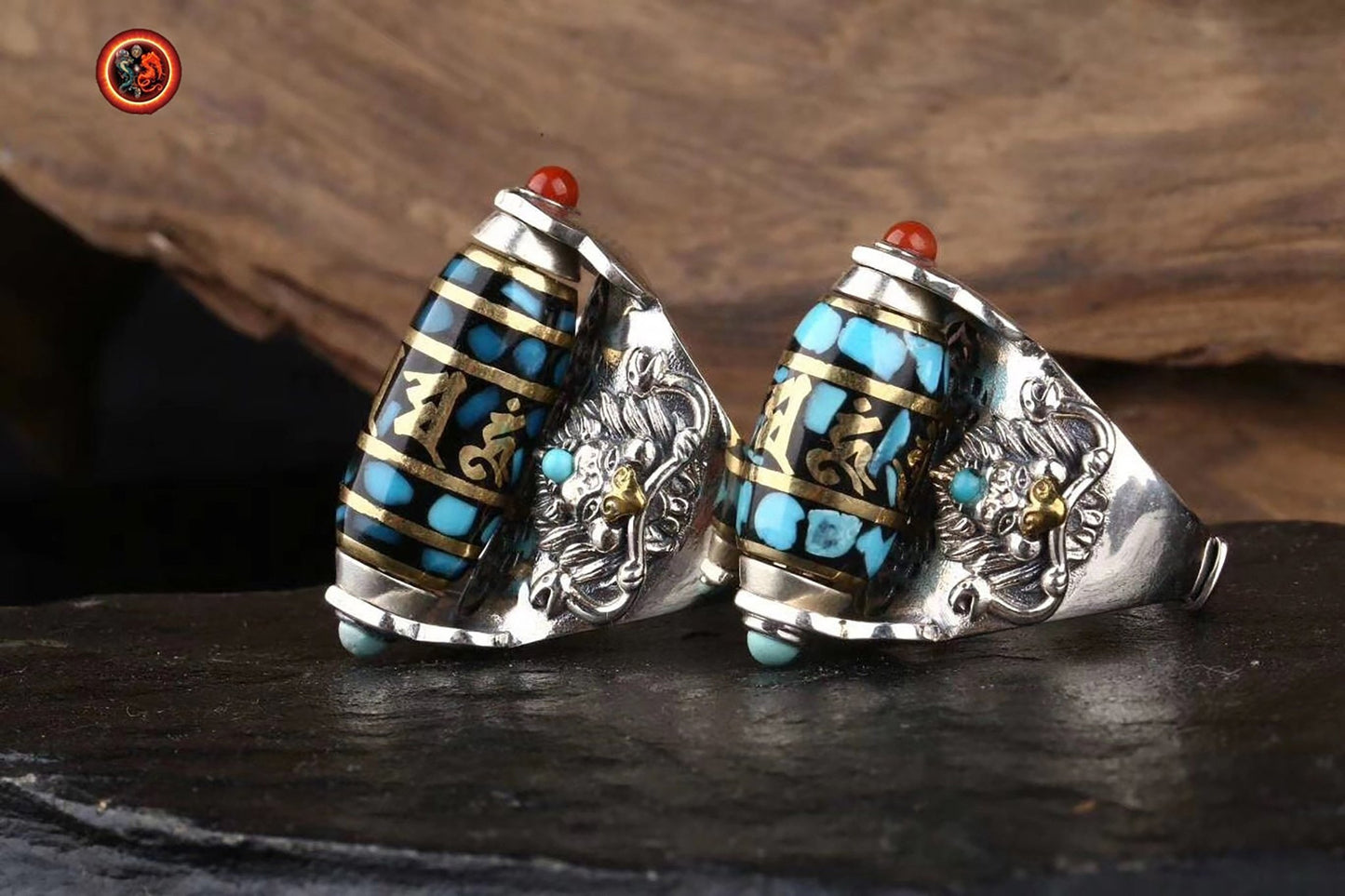
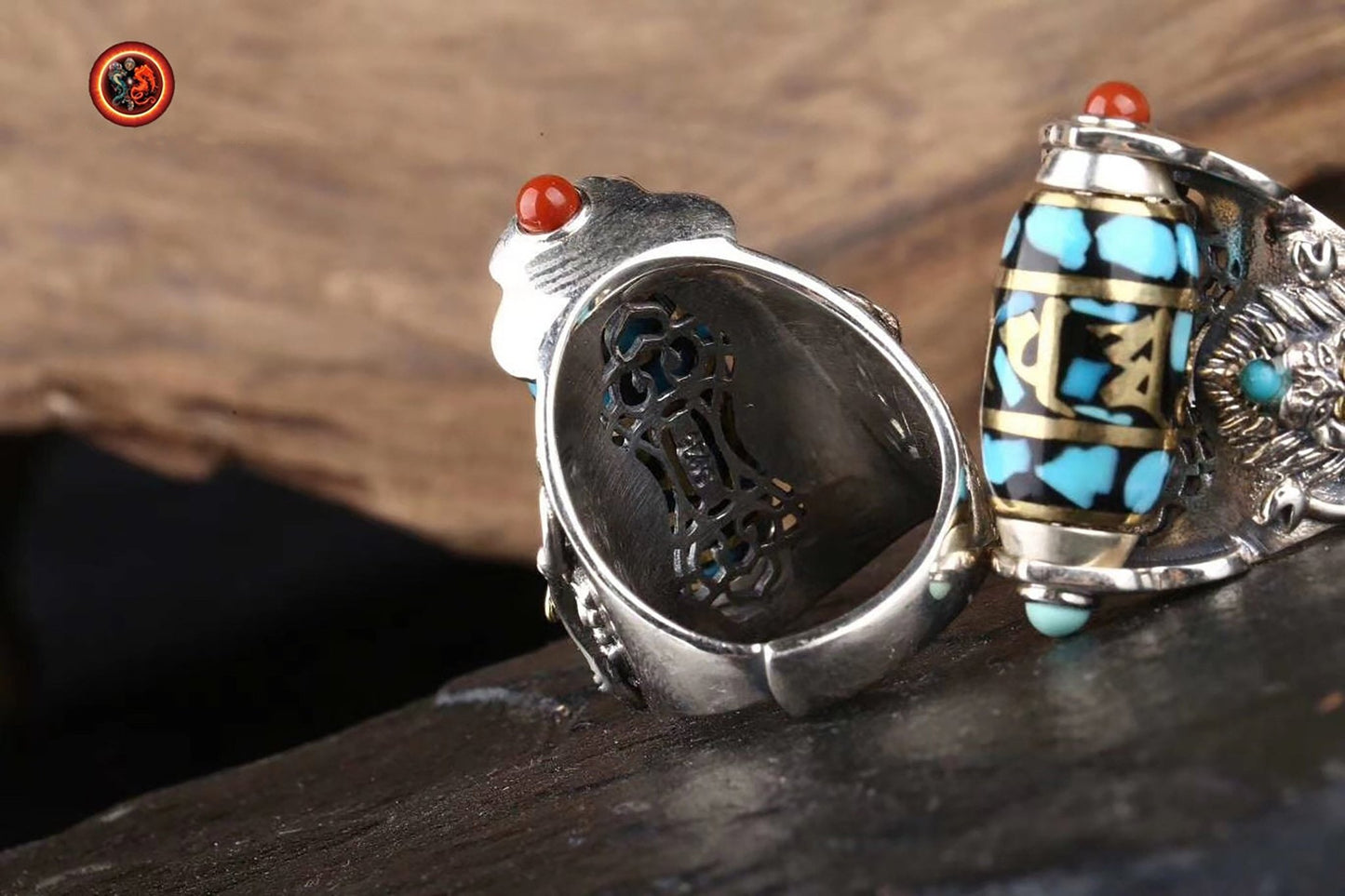
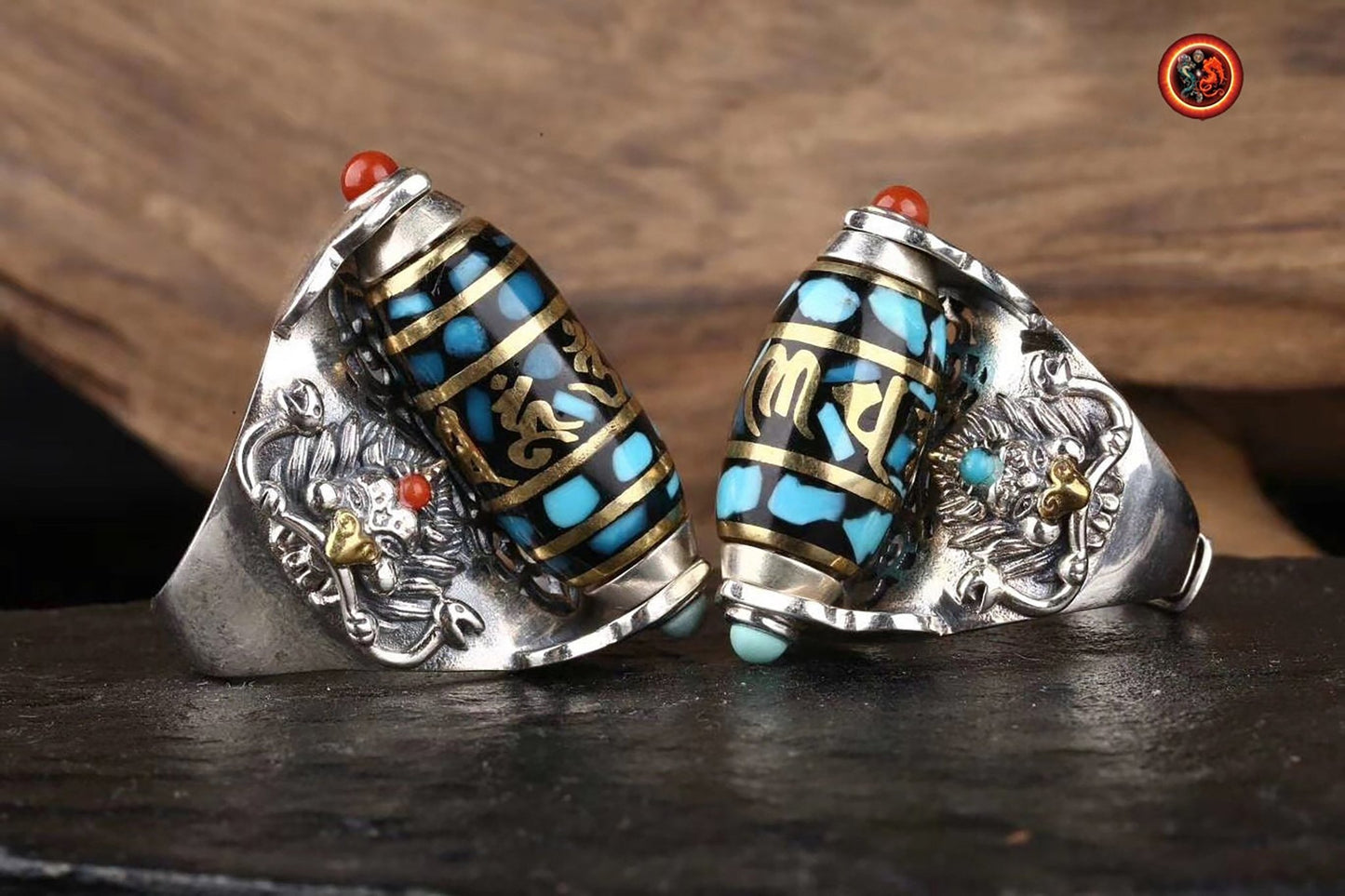


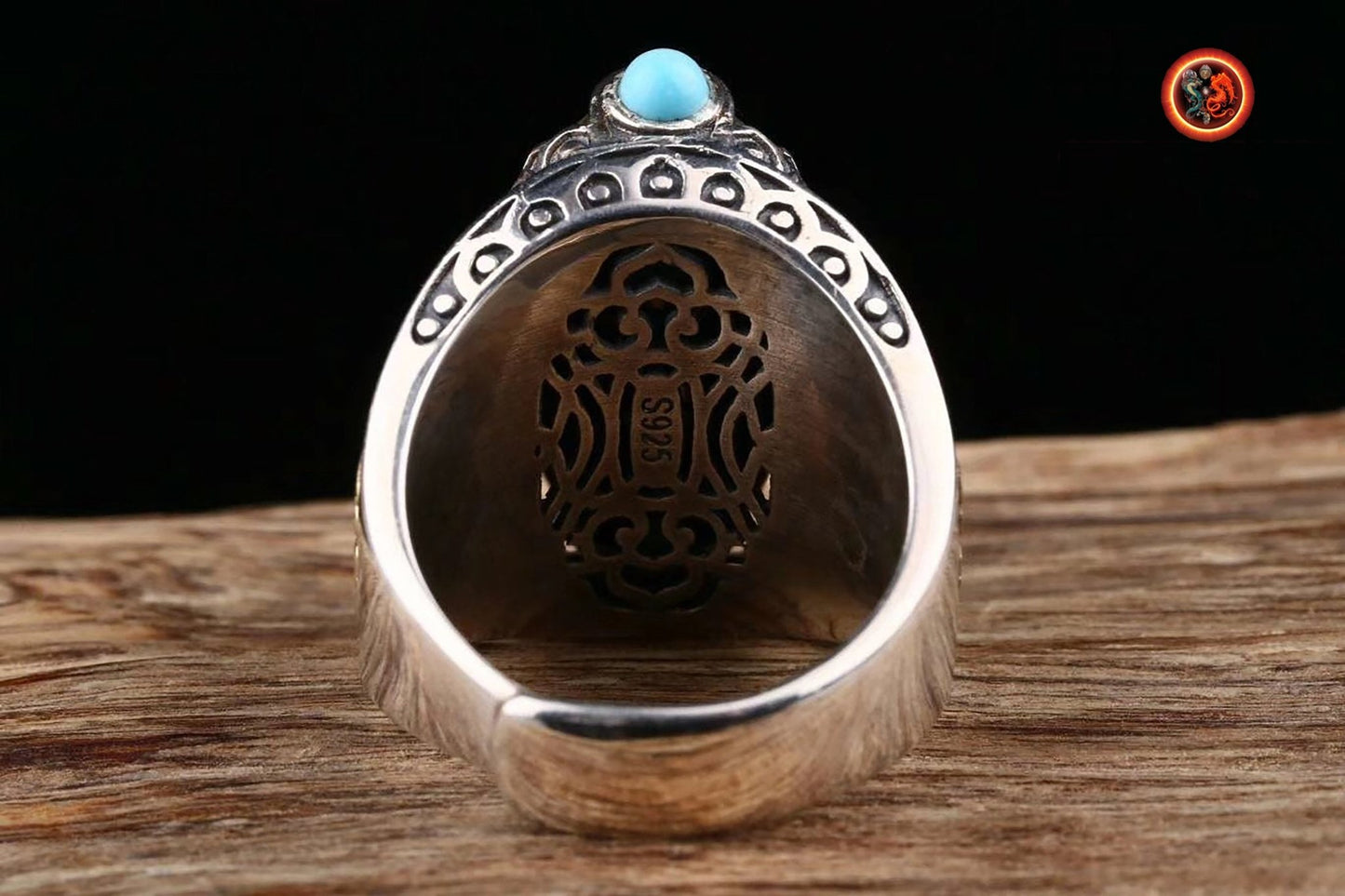


Return conditions for a Zen purchase
We offer you a money back guarantee within 14 days after delivery of your order.
If you are not completely satisfied with your purchase, please contact us to arrange a return of the product and a refund.
Except for returns, shipping is free on all orders.
Multi-column
Button text-
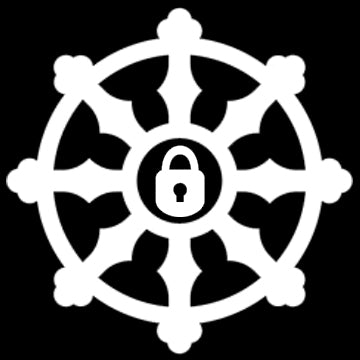
100% secure payment
3 times interest-free option with Scalapay
-

Free delivery in France and internationally
14 days money back guarantee after delivery (see our conditions of sale)
-

Column
Excellent customer service
Live chat
Whatsapp +33674049312
Let customers speak for us
from 917 reviews4eme pièce que j'achète et encore une fois, jamais déçue de l'unicité et de l'originalité. Coup de cœur pour ce bracelet en magnifiques molaires de mammouth, charge de vie et d'histoire. Attention pour un tout petit poignet de fille comme le mien cela peut être trop grand. N'hésitez pas à poser la question à Jeremy sur les tailles, il répond toujours et il est très réactif.

Déjà j’au été très impressionné par la qualité du site web pour tout chercheur de vérité mais également pour la disponibilité de Jérôme qui a su dépasser mes plus grandes attentes pour la commande sur mesure d’un mala en Obsidienne Œil Céleste – Dragon & Bagua Feng Shui. Gràce à ce puissant talisman je peux désormais continuer ma route sereinement. Un très grand merci sincèrement.

magnifique, puissant et apaisant, il m'aide à garder mon calme je le trouve absolument parfait!

J'ai eu l'occasion de rencontrer Jérémy sur Paris avant l'achat...très bon contact avec lui ..il sait de quoi il parle...je suis revenu vers lui pour l'achat de cette magnifique statue...elle a été emballee avec beaucoup de soin pour une expédition de chine... vraiment très satisfait de cet achat..merci

Pendentif dragon en obsidienne œil céleste - Symbole spirituel

Le collier est superbe, et ce pendentif magnifique, ses détails! et l'odeur du bois de santal que c'est agréable! Qualité extra! Contact excellent avec Jérémy, merci beaucoup pour votre gentillesse! Quelle qualité, vivement le mala !

L'objet est très joli et malgré que je ne sois pas un spécialiste, je trouve que le crystal est beau. Il n'est pas parfait et cela me rassure sur la qualité du produit qui est sensé être naturel donc imparfait.
Très bien emballé et en plus housse de rangement offerte.
MERCI

J’ai commandé un crâne de dragon, il est super beau et très puissant. Je l’adore 😍 Et l’envoi a été très rapide 🤗 merci 🙏🏻

bracelet puissant, je suis content de mon achat

Cet artisan est gémologue, il travaille avec des artisans qui sont des vrais artistes, je suis bluffé par la qualité des ouvrages sur l’argent et sa qualité. Quand à la qualité des pierres pas besoin d’être gémologue pour voir la qualité exceptionnelle des pierres, encore une fois le travail de sculpture est exceptionnel.
Mon mala traditionnel est une pure merveille dans la tradition originelle. Le ghau est une merveille qui me comble.
Bref que dire de plus :). Allez sur son site.
PS : vendeur qui connait son métier et les traditions bouddhistes ce qui est un plus en plus :)

Ce crâne est un Etre de Lumière. Attirant , inspirant , "parlant".
Il est un Ami qui tire mes pensées vers le Haut.
Ses énergies vibrent à des fréquences élevées. Il est puissant dans la douceur.
Un crâne de Dragon m'assite également. Merveilleux !

Très beaux bracelet et très puissants

Magnifique crâne givré de l'Himalaya.

cette chevalière est tres bien réalisé, avec beaucoup de détails, je suis heureux de l'avoir

